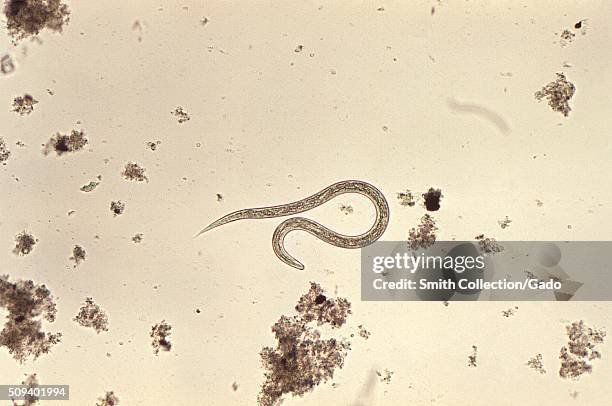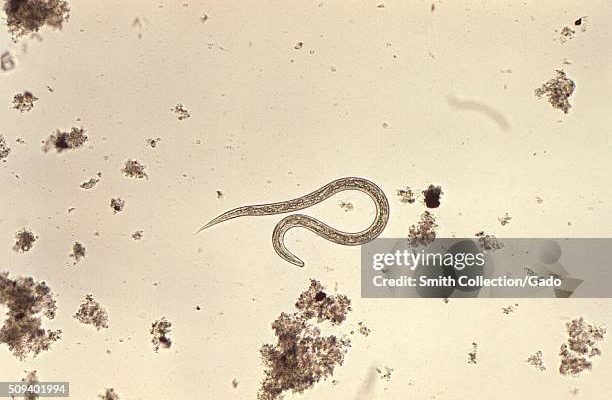
Microworms are often introduced as a rich food source for small fish and other aquatic creatures, but identifying them in the field can feel overwhelming. With different types of microworms, such as Panagrellus redivivus, floating about, how do you learn to differentiate them from other microorganisms? Here’s the thing: understanding their behavior, habitat, and appearance can drastically improve your identification skills. Let’s dive into the quirks and challenges of spotting these slippery little guys.
Understanding Microworm Habitats
To start, it’s crucial to grasp where you’re likely to find microworms. They thrive in environments where there’s a steady food source, like decaying organic matter. Think of a cozy blanket fort for them made of algae, yeasts, and other microorganisms. If you’re exploring a backyard pond, look for areas where leaf litter collects or where the water is a bit murky. These places often serve as a buffet for microworms.
When searching in home aquariums, it’s commonly found that microworms flourish in the substrate or on the surface of certain foods. They love places where the water is calm, providing them safety to swim unnoticed. You might be wondering how to spot them amidst the chaos of other aquatic life. Understanding their preferred habitats makes a significant difference. Focus on corners, under rocks, and on any decomposing matter—you might just find a bustling community of these lively creatures.
Recognizing Microworm Characteristics
Identifying microworms boils down to understanding their distinct features. These tiny creatures usually measure around 1 mm in length and have a transparent body, making them look almost ghostly against the background of your tank. If you can visualize a thin, wiggly piece of spaghetti, you’re on the right track. Microworms move in a unique, serpentine fashion, which can help differentiate them from other microfauna.
When observing them, try to pay attention to their shape. Microworms are generally slender and straight, unlike some other tiny creatures that tend to be more round or thick-bodied. You’ll also notice they don’t have the same darting movements that other microorganisms often exhibit. Instead, their gentle, coiling movements invite you to take a closer look.
Comparing Microworms to Similar Organisms
A common challenge in field identification is confusing microworms with similar organisms. For instance, some may mistake them for nematodes or other aquatic worms. While both types of worms share a slippery appearance, microworms are specifically known for their distinct movement and habitat preferences.
Nematodes tend to be more robust and can have a range of colors, while microworms remain mostly translucent. Furthermore, nematodes might dart away quickly when disturbed, contrasting with the microworm’s more languid style. Familiarizing yourself with these comparisons can ease the identification process.
If you’re ever in doubt, using a magnifying glass can help clear things up. Keeping a handy reference of pictures or descriptions of microworms and similar organisms can be a lifesaver when you’re out in the field.
Challenges in Field Identification
Even with a good understanding of what microworms are and where to find them, field identification can still pose challenges. One main hurdle is the habitat’s condition. Sometimes, the water might be too murky, making it hard to spot these tiny creatures. Other times, the presence of competing life forms—like larger worms or insects—can complicate the spotlight.
Moreover, the environment can change quickly. Seasonal shifts, pollution, or even weather events can influence microworm populations. For instance, after a heavy rain, you might find a surge of microorganisms in your collection area. This variability adds another layer of complexity to field identification.
To tackle these challenges, practice is key. Spend time observing different habitats at various times to get a sense of how microworms behave under different conditions. The more you look, the better you’ll become at spotting them.
Best Practices for Spotting Microworms
To improve your chances of successfully spotting microworms, there are some best practices you can adopt. First, consider the time of day. Early mornings or late afternoons are often ideal for observing aquatic life, as many creatures are more active during these times.
Next, be patient and quiet. Microworms can be easily startled. If you make sudden movements or create splashes, you might scare them away. Instead, approach your search calmly, giving yourself a chance to really look closely.
It’s also helpful to have the right equipment. A magnifying glass or portable microscope can greatly enhance your ability to see detail, allowing you to differentiate microworms from other microorganisms more effectively. Even a simple net can help you collect samples to examine later.
Understanding Microworm Behavior
An often overlooked aspect of identifying microworms is understanding their behavior. They tend to be social creatures, often moving in small clusters. If you see a group swimming together, there’s a good chance they are microworms. Their movements are generally slow and graceful, which is quite different from the erratic swimming style of other small aquatic organisms.
Additionally, microworms are drawn to food sources and often congregate in areas with plenty of organic material. If you remember this, your chances of spotting them increase significantly because you’ll know where to look. Observe the surface tension of the water—you might notice them hovering just below, surveying their surroundings for the next meal.
In summary, spotting microworms in the field can feel daunting at first, but with patience and practice, it becomes easier. Understanding their habitats and behaviors will help you identify these fascinating organisms more confidently. Remember, it’s a bit like learning to read the stars—once you know what to look for, the sky becomes a lot less intimidating.
So, grab your magnifying glass, find a nice spot, and start your search. You might just discover a bustling world of microworms waiting to be explored. Happy observing!

